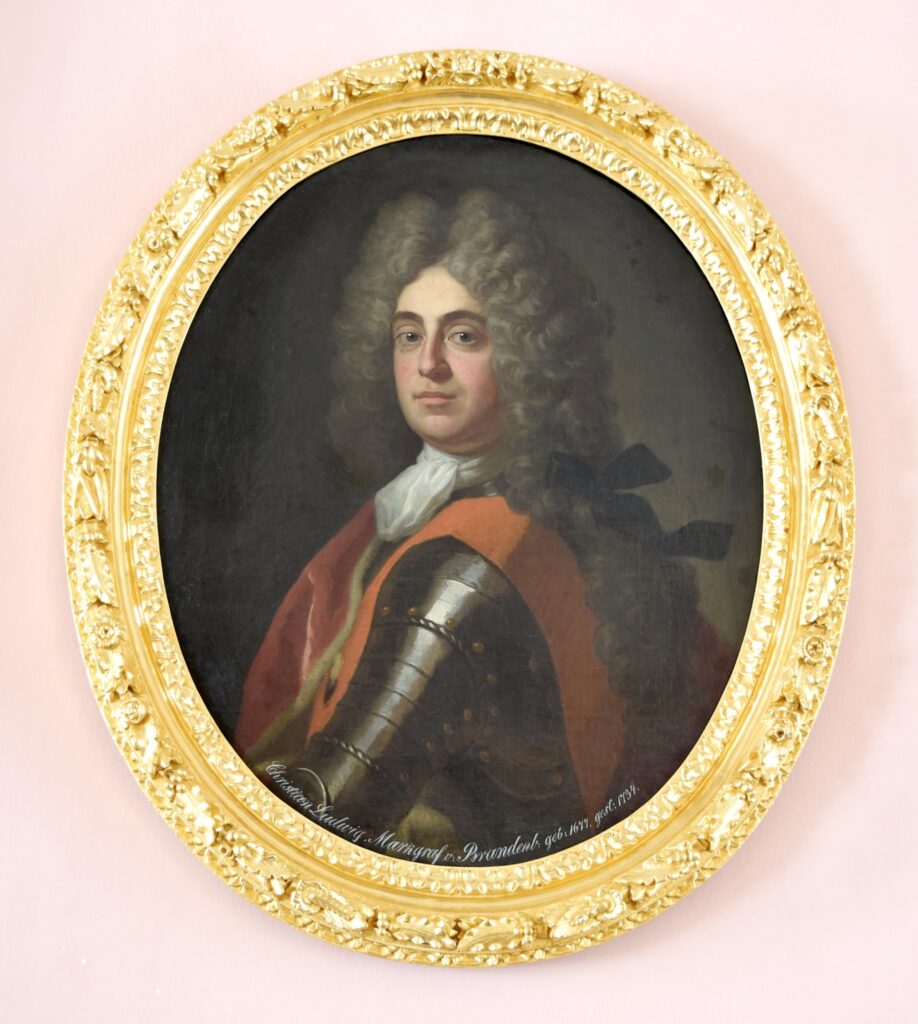Continuing with our tour of the Brandenburg Concertos, today’s the turn of the third one in the cycle. As is characteristic of this collection, the configuration is unusual and original: three violins, three violas, three cellos and a continuo.
The motifs, frequently repeated three times, can often be heard moving from one group to another in imitative fashion, sometimes beginning with the violins, sometimes with the violas, sometimes with the cellos. Each group of three instrumentalists sometimes has internal dialogues, in addition to participating in the overall structure.
Interesting is the lack of central movement, which is simply represented by two chords. It is up to the performers to execute them verbatim, embellish or improvise on them, in extreme cases, introduce the slow movement of some other composition. Alessandrini uses a short cadenza for the harpsichord before tackling the energetic and brilliant final movement.
The opening movement of this concerto was used by Bach, with the addition of horns and oboes, in Cantata 174, premiered in 1729.
